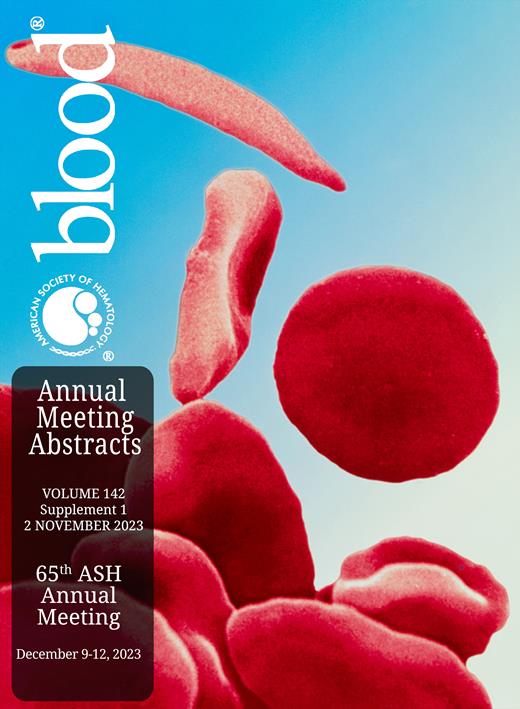T lymphocytes are critical players in acute graft-versus-host disease (aGVHD). TIM3expression on the T cell surface was identified to induce immune tolerance in a mouse GVHD model; in addition, PD1 +TIM3 + double-positive T cells displayed more potent immunosuppression compared to PD1 + T cells. However, their clinical potential is greatly limited by their low cell number in peripheral blood (PB). We already introduced a novel method to obtain a high number of PD1 +TIM3 + lymphocytes that culturing CD3 + cells isolated from G-CSF mobilized peripheral blood stem cells (CD3 +G-PBSC) with human serum albumin (HSA). We also confirmed that cultured PD1 +TIM3 + lymphocytes are the most potent subset of the CD3 + cells that inhibit T cell proliferation. In this study, we investigate the immunosuppressive effects of PD1 +TIM3 + lymphocytes after a 2-day culture with HSA (D2-CD3 +G-PBSC) or after a 4-day culture with HSA (D4-CD3 +G-PBSC). Also, we evaluate the treatment efficacy of PD1 +TIM3 + lymphocytes in the xenograft mouse aGVHD model.
Methods. The healthy donors were subcutaneously injected with G-CSF (10μg/kg) for five days. G-PBSCs were collected from the donors using a COBE spectra cell separator, and CD3 + cells were isolated by positive selection by magnetic-activated cell sorting (MACS) using CD3 Dynabeads™. CD3 + G-PBSC were cultured with 5% HSA for 2 days or 4 days (1x10 5 cells/mL). PD1 and TIM3 expressions were analyzed using flow cytometry (FACS). Sorted T lymphocytes were cultured with irradiated allo-MNCs for 3 days (Mixed Lymphocyte Reaction; MLR). 5,6-carboxyfluorescein diacetate succinimidyl ester (CFSE) was used as an intracellular fluorescent dye in MLR (CFSE-MLR) to measure T cell proliferation. aGVHD was induced by intraperitoneal injection of human PB MNCs to the NOD-SCID IL-2Rγ null mouse after exposure of 3Gy irradiation. The treatment efficacy of PD1 +TIM3 + lymphocytes was analyzed by determining the survival rate after tail vein injection of PD1 +TIM3 + lymphocytes (1x10 7/kg).
Results. Normally, very few cells (0.2±0.2%) were PD1 +TIM3 + lymphocytesin PB. The numbers of PD1 +TIM3 + lymphocytes markedly increased by 74-fold in D2-CD3 +G-PBSC and 370-fold in D4-CD3 +G-PBSC, respectively. CD3 + G-PBSC were composed of three types of cells such as PD1 -TIM3 -, PD1 +TIM3 -, and PD1 +TIM3 + lymphocytes. To check the origin of PD1 +TIM3 + lymphocytes after HSA treatment, PD1 -Tim3 - and PD1 +Tim3 - lymphocytes from CD3 +G-PBSC were sorted and cultured with HSA. It was confirmed that PD1 +TIM3 + lymphocytes originated from PD1 -TIM3 - lymphocytes.
To assess the immunosuppressive effects of cultured T lymphocytes, we used CSFE-MLR. D2-CD3 +G-PBSC significantly increased the levels of unstimulated T cells compared to D4-CD3 +G-PBSC (% of unstimulated T cells in D2-CD3 +G-PBSC vs. in D4-CD3 +G-PBSC; 38.9±3.0% vs. 13.9±6.6%). Also, both PD1 +TIM3 + lymphocytes from D2-CD3 +G-PBSC and D4-CD3 +G-PBSC demonstrated significantly enhanced levels of immunosuppression (% of unstimulated T cells PD1 +TIM3 + lymphocytes from D2-CD3 +G-PBSC and D4-CD3 +G-PBSC; 31.6±5.5 and 36.6±13.3, respectively). Lastly, we tested the effects of anti-PD1 or anti-TIM3 blocking mAb on the PD1 +TIM3 + lymphocytes. The immunosuppressive effects of PD1 +TIM3 + lymphocytes from D2-CD3 +G-PBSC and D4-CD3 +G-PBSC were significantly decreased by anti-PD1 mAb (% of unstimulated T cells in PD1 +TIM3 + lymphocytes from D2-CD3 +G-PBSC and D4-CD3 +G-PBSC; 21.1±4.5 from 31.6±5.5 and 18.4±7.8 from 36.6±13.3, respectively). However, the immunosuppression of PD1 +TIM3 + lymphocytes from D2-CD3 +G-PBSC was not decrease by anti-TIM3 mAb (% of unstimulated T cells in PD1 +TIM3 + lymphocytes from D2-CD3 +G-PBSC and D4-CD3 +G-PBSC; 28.7±3.3 from 31.6±5.5 and 22.7±5.6 from 36.6±13.3, respectively). These data indicated that PD1 +TIM3 + lymphocytes from D2-CD3 +G-PBSC have the same phenotype as PD1 +TIM3 + lymphocytes from D4-CD3 +G-PBSC, however, their functions are different.
Next, we used the xenograft mouse aGVHD model to evaluate the treatment efficacy of PD1 +TIM3 + lymphocytes for preventing aGVHD. In the control group, 14% of the mice survived at 100 days. Mice that were treated with PD1 +TIM3 + lymphocytes from D2-CD3 +G-PBSC and D4-CD3 +G-PBSC demonstrated 100% and 71% survival rate at 100 days, respectively.
Conclusion. Ex vivo HSA treatment of CD3 + G-PBSCs for 2 days shows promising therapeutic potential for the treating patients with aGVHD.
Disclosures
No relevant conflicts of interest to declare.

